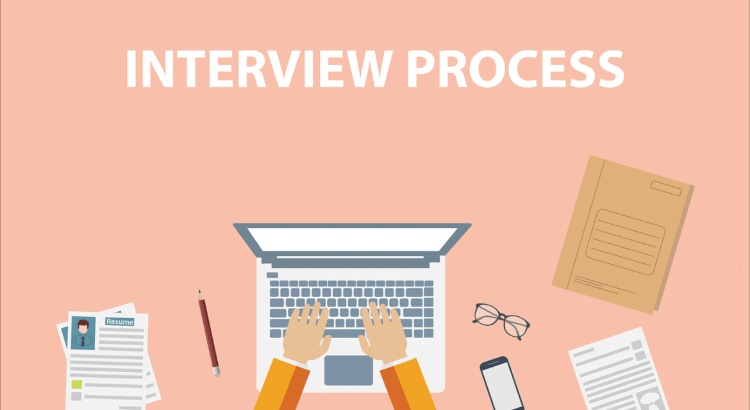How to Transcribe an Interview: A Step-by-Step Guide
Transcribing an interview is a crucial process for journalists, researchers, students, and content creators. Whether you choose to do it yourself or use
professional transcription services, knowing the best approach can save you time, money, and effort.
Understanding the Transcription Process
Transcription means converting spoken words from an audio or video file into written text. On average, it takes about four minutes to transcribe one minute of clear audio (Rev, 2022).
- Typing speed and listening skills affect your pace.
- Audio quality and equipment also play major roles.
- The style of transcription—verbatim or intelligent verbatim—impacts your process.
Before you begin, decide why you need the transcript and what transcription style suits your needs:
- True verbatim captures every word, filler, and sound exactly as spoken.
- Intelligent verbatim removes unnecessary content, focusing on meaning and clarity.
Who Needs Interview Transcription?
- Journalists (quick turnaround for news stories)
- Researchers (detailed analysis of expert interviews)
- Podcasters and vloggers (accessibility and audience engagement)
- Legal and medical professionals (accuracy and compliance requirements)
Essential Equipment and Tools for Transcription
Good equipment improves your transcription speed and accuracy. Here’s what you need:
- Computer with ergonomic keyboard: Essential for comfort during long sessions.
- Foot pedal: Allows you to control audio playback with your feet, keeping your hands on the keyboard.
- Over-the-ear headphones: Reduce distractions and improve sound quality.
- Quality voice recorder: Use a good recorder or conduct interviews in quiet places to capture clear audio.
- Transcription software: Consider using tools that allow easy playback and navigation, such as automated software offered by GoTranscript.
Improving Your Transcription Skills
Your abilities directly impact how fast and accurately you transcribe.
- Work on your typing speed—use online tutorials and typing games.
- Practice active listening. Pause and repeat challenging segments to ensure understanding.
- Familiarize yourself with accents and jargon common in your audio files.
Types of Transcription Services: Human vs. Automated
Deciding between manual and automated transcription is important.
Automated Transcription
Automated transcription is fast and cost-effective. It's suitable for:
- Clear recordings with minimal background noise
- Single speakers or highly intelligible interviews
- Drafting content you’ll edit yourself
However, automated systems sometimes struggle with:
- Multiple speakers
- Accents
- Background noise
Editing the output often takes as long as transcribing from scratch (Stanford University, 2021). For budget-friendly solutions, check
GoTranscript’s AI transcription subscription.
Human Transcription
Human transcribers offer:
- Higher accuracy, especially with complex files or technical content
- Ability to handle multiple speakers or poor audio quality
- Contextual understanding and editing for readability
Human transcription often takes longer, but yields better results, especially for official, legal, or academic use. For affordable options, see
GoTranscript's transcription pricing.
Preparing to Transcribe Your Interview
Here’s how to get started:
- Listen to the recording fully before typing.
- Identify the number of speakers and note any accents.
- Make notes on topics, jargon, or unclear sections.
- Decide on transcript style: true verbatim or intelligent verbatim.
Set Formatting Rules
Set clear guidelines before you start:
- Use ellipses (…) for missing words.
- Add [inaudible hh:mm:ss] or [unintelligible hh:mm:ss] for unclear segments.
- Italicize non-verbal sounds: [laughter], [applause].
- Add timestamps for reference points.
Transcription Steps: From First Draft to Final Proof
1. Write the First Draft
- Transcribe in short segments (10–15 minutes at a time).
- Don’t aim for perfection on your first pass.
- Try the Pomodoro technique: 20 minutes work, 5 minutes rest (Cirillo, 2020).
2. Edit and Improve
- Listen again and fill in missed words.
- Fix grammar, punctuation, and structure.
- Check names, dates, and key terms for accuracy.
3. Proofread
Advanced Transcription Options: Adding Value
Beyond a simple transcript, you can improve access and usability:
Transcription Best Practices
Follow these guidelines for smoother transcription:
- Use reliable equipment and software.
- Work in a quiet environment.
- Keep a backup of your audio and transcript files.
- Stay consistent with formatting and style.
- Take regular breaks to avoid fatigue.
The Bottom Line: Should You Transcribe Interviews Yourself?
Transcribing interviews is time-consuming, especially for beginners. Experts recommend focusing on your core strengths and letting professionals handle transcription (Harvard Business Review, 2020). Doing it yourself can be a valuable skill, but for many, it’s more efficient to outsource.
GoTranscript’s
transcription services free up your time, providing quick and accurate results, and their
pricing is affordable for individuals and businesses. You can
order transcription or
order captions online and customize services to your needs.
Let GoTranscript handle your next transcription project so you can focus on more important tasks.



















 Verified Order
Verified Order